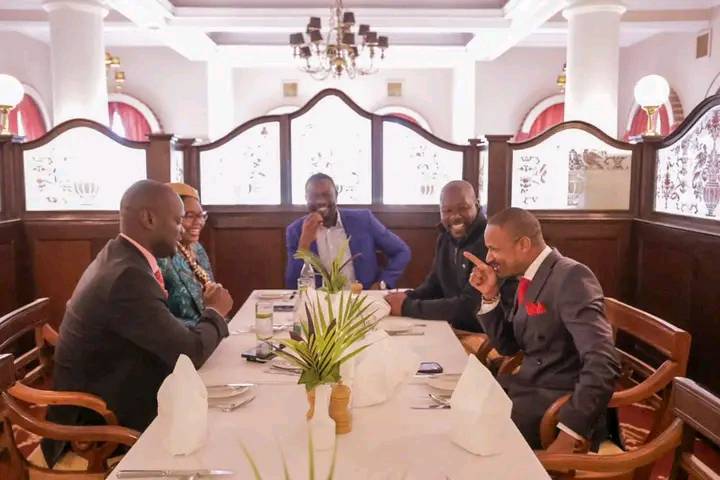Kenya Moja, the once-vibrant political movement that championed accountability, inclusivity, and economic reform, is losing steam amid Kenya’s shifting political landscape following the death of ODM leader Raila Odinga.
The movement, which united youthful and outspoken legislators including ODM Secretary General Edwin Sifuna, Embakasi East MP Babu Owino, Saboti MP Caleb Amisi, and Githunguri’s Gathoni wa Muchomba, once captured national attention with its bold stance against government excesses.
At its peak, Kenya Moja was seen as a credible alternative voice to both the ruling administration and the fragmented opposition. Babu Owino described it as “a movement of like-minded legislators ensuring checks and balances on the Executive.”
However, following Raila’s demise, the group’s activities have waned. Internal disagreements, rival political ambitions, and ODM’s post-Raila transition have diluted its unity. Sifuna, now focused on stabilising ODM amid debates over its role in the broad-based government, has diverted his attention from Kenya Moja.
Babu Owino, who had signalled disillusionment with ODM over local politics in Nairobi, appears to have reconciled with acting party leader Senator Oburu Odinga. Meanwhile, Amisi’s public feud with Babu and his criticism of ODM leadership have deepened internal cracks.
In Gusii, MP Anthony Kibagendi is aligning with former CS Fred Matiang’i, while Wa Muchomba remains active in Mt Kenya’s shifting political terrain. Ndindi Nyoro and Mohamed Ali, once linked to Kenya Moja, have realigned with Deputy President Rigathi Gachagua, distancing themselves from the reformist outfit.
Political analysts warn that Kenya Moja risks fading into obscurity like past short-lived reform movements such as Okoa Kenya and Linda Katiba. Its revival, they say, hinges on whether leaders like Sifuna and Babu Owino can reconcile their reformist ideals with Kenya’s evolving political realities.

